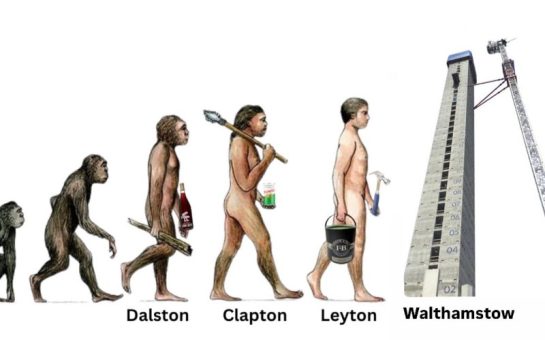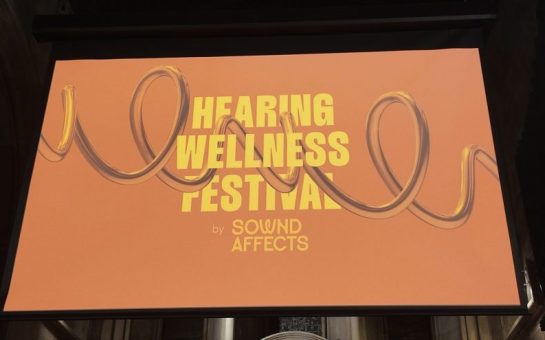The long list of music and hymns performed at the funeral of Queen Elizabeth II was meticulously planned to reflect the monarch’s life and the traditions of the countries she served.
Following a procession from Westminster Hall, the Queen’s coffin was carried into Westminster Abbey, where she was married in 1947 and crowned in 1953.
The impressive music from the service, mostly sung by the choristers of the choir of Westminster Abbey and the choir of His Majesty’s Chapel Royal, could be heard not only by the congregation but by the thousands of mourners lining the streets outside the abbey.
As the procession entered, the choir sang the funeral sentences, set to music by William Croft which has been used at every state funeral since the early 18th century.
The congregation of 2,000 people were then invited by the Dean of Westminster to sing three hymns, including The day Thou gavest, Lord, is ended; The Lord’s my Shepherd; and Love Divine, All Loves Excelling.
Alongside traditional hymns, two new pieces of choral music were specially composed for the ceremony by notable British composers.
Judith Weir CBE, the first female Master of the King’s Music, composed the first, Like as the Hart, which is an unaccompanied musical setting of Psalm 42 from the Book of Common Prayer.
Scottish composer Sir James MacMillan composed the second new piece as the service’s anthem: a setting of a text from the New Testament’s Epistle to the Romans.
As one of many personal touches, the Queen’s family members played a role in choosing music for the service.
The choir performed My soul, there is a country, an anthem by Hubert Parry, one of King Charles’s favourite composers.
The Last Post was sounded by state trumpeters of the Household Cavalry, led by Trumpet Major Julian Sandford. The congregation then observed a two-minute silence concluding with a sounding of the Reveille by state trumpeters.
Afterwards, the congregation sang the national anthem whilst King Charles remained silent.
As Charles has now assumed the title of King, the national anthem has changed back to its original form for the first time since the death of King George VI in 1952: God Save our Gracious Queen is now God Save our Gracious King.
The final performance of the service was given by the piper to the sovereign, Paul Burns from the Royal Regiment of Scotland. Burns played the traditional lament Sleep, dearie, sleep on the bagpipes, before the Queen’s coffin was taken from the abbey to begin the funeral procession to Wellington Arch.
Featured image: Unsplash





Join the discussion